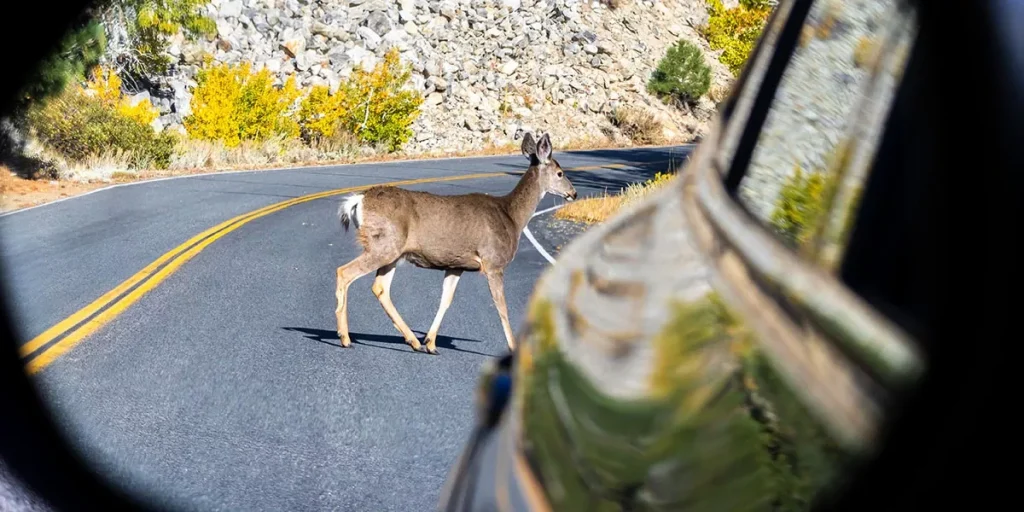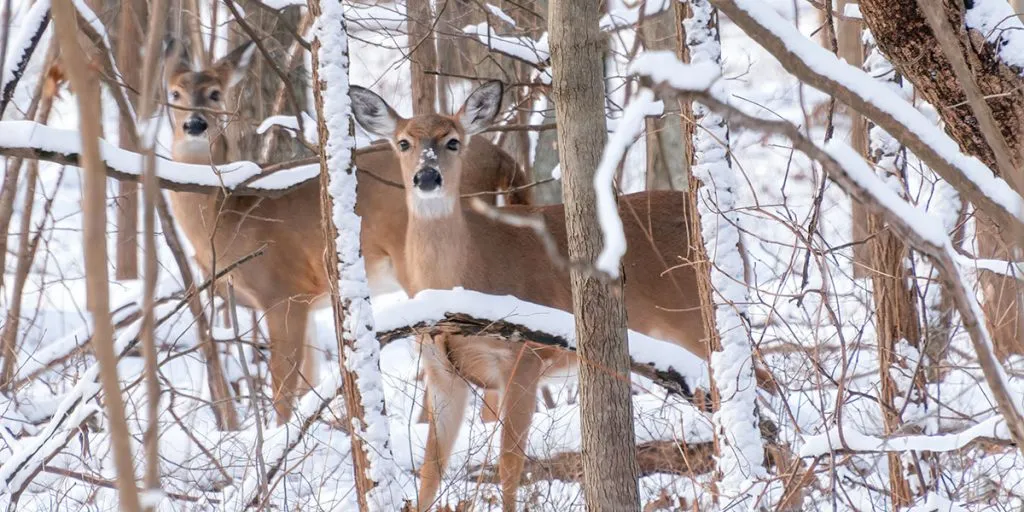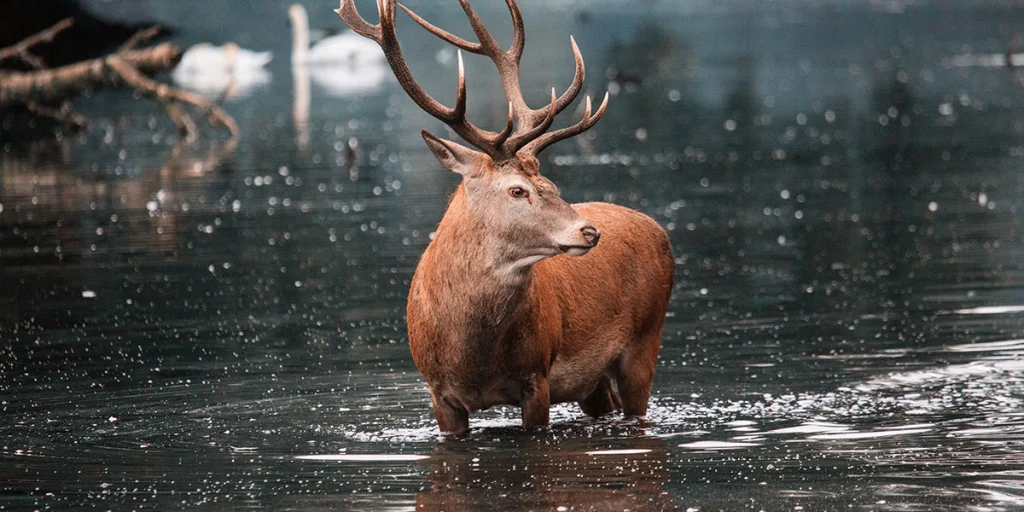An inexpensive, small plastic whistle claims to save both human and deer lives. It’s called a deer whistle, a device that attempts to solve a dangerous problem: scaring away deer that often end up startled in front of an unsuspecting driver’s car, causing them to hit the deer by accident.
In general, deer whistles only work in a very limited number of traffic situations. The whistles only work at speeds above 30 mph (50 km/h), giving off a high-pitched noise that only deer are able to hear. Whistle sounds are scary for the deer, making them move away from the vehicle.
Deer have only a small window of time to hear the whistling sound intended to scare them away. At high velocity, it will be difficult to avoid a collision. Drivers might get a false sense of security when installing a whistle. Despite this, it is good to consider the viability of such a whistle.
How A Deer Whistle Works
As a method to scare wildlife away, deer whistles are as primitive as it gets. The device consists of two simple plastic ‘speakers’, which allow air to run through them in order to make ultrasonic frequencies only deer will be able to hear.
One of the ‘speakers’ will have a larger air hole than the other, producing lower frequencies than the ‘speaker’ with the tiny hole.
Both of the plastic molds should be mounted on your vehicle to produce the desired effect. It is essential to follow the instructions provided with your purchase to point the whistle in the correct direction. Instructions might differ slightly based on the product you purchased.
How To Install A Deer Whistle
Deer whistles always need to be mounted on the front of a vehicle, in or near the vents of the grill. Mount the deer whistle with the hole on the passenger side of the vehicle. After that, mount the whistle with the tiny hole on the driver’s side of the vehicle.
It is possible to place a deer whistle upside down, but not the other way around. Always make sure to aim a whistle with the wide side pointed forward, in the direction of the road. This allows the high-pitched sound frequencies to spread effectively in the direction of an oncoming deer.
Depending on the type of car, correct placement and pointing of the whistles might or might not cause problems. Before purchasing your whistles, make sure the front of your car is able to support sticking a small 2-3 inch plastic device on the metal. You can mount warning whistles with tape or screws, depending on which model you buy.
The YouTube video below will guide you through the basic installation of a deer warning whistle:
How Effective Are Deer Whistles?
According to a study by the University of Cincinetti, the effectiveness of deer whistles is not proven. While deer are able to hear the frequencies emitted by the deer whistle, ambient noise and wind direction are likely to drown the frequencies.
Deer will rarely ever have enough time to adequately respond to deer whistle frequencies. The reaction time of both deer and driver, as well as the ability of the vehicle to stop in time, simply takes up too much time to avoid a crash.
Remember that the horns only work at 30 mph or faster. A car in motion needs time to stop, or safely maneuver around the oncoming threat. Adding the reaction time needed to avoid a crash, it is easy to see that the effectiveness of deer whistles is extremely limited.
While it definitely won’t hurt to install the device on your vehicle, an alternative deer alarm might be more effective to avoid a potential collision.
Best Deer Whistle Alternative
Unwanted traffic situations with wildlife always involve an element of surprise. Considering the limited effectiveness of the plastic deer whistle, it might be a good idea to look for alternatives to the popular ‘Save-A-Deer Whistle‘.
The best deer whistle alternatives on the market today include the following products:
- Electronic-powered car speakers, such as the Australian Shu-Roo (originally intended for kangaroos)
- This Hopkins nVISION Trailblazer Electronic Deer Alert might be a worthwhile alternative
- Use the already available car horn on your steering wheel (keep it simple!)
- Slow down on forested roads that are known to have a lot of deer crossings, especially when deer are most active (but especially do so at night)



